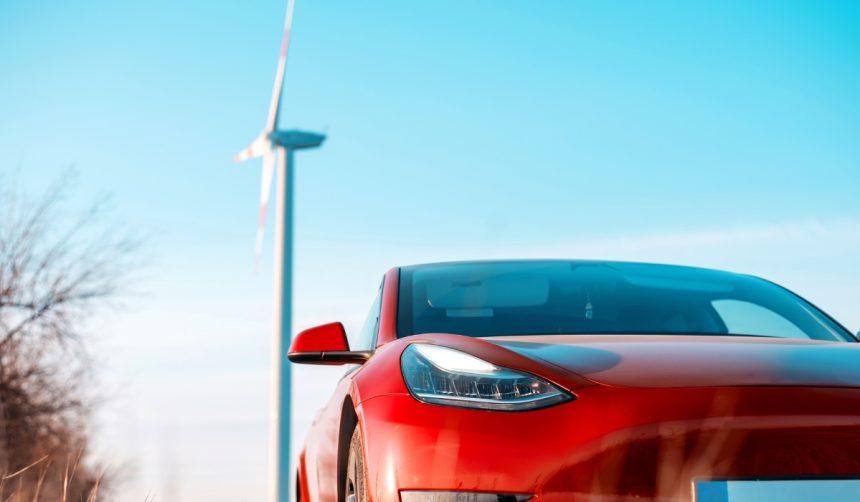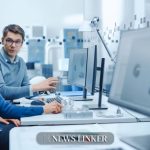Tesla’s Robotaxi ride-hailing initiative has drawn significant scrutiny from both industry experts and regulators. As the company expands its autonomous fleet in cities like Austin and San Francisco Bay Area, questions about operational readiness and true autonomy persist. Skeptics highlight not only regulatory constraints but also the presence of in-vehicle monitors, raising debate over what truly constitutes “driverless” service.
Over recent months, analysts and tech followers have tracked Tesla’s implementation compared to rivals such as Waymo and Cruise. Early feedback noted regulatory obstacles and slow expansion, particularly in California, where naming and operational rules differ from Texas. Early test riders reported smoother-than-expected performance in Austin. Yet, the presence of safety monitors has remained a sticking point, and some prior commentators anticipated faster scaling. Expansion remains cautious, with both public and expert opinions still divided.
Expert Criticism Challenges Tesla’s Approach
John Krafcik, former CEO of Waymo and current Rivian board member, has voiced reservations about the Robotaxi platform. In his view, Tesla’s model closely mirrors existing ride-sharing services like Uber, especially in the San Francisco Bay Area.
“If they were striving to re-create today’s Bay Area Uber experience, looks like they’ve absolutely nailed it.”
Such remarks reflect wider skepticism among industry veterans regarding true innovation in Tesla’s offering.
Safety Monitors in Focus: A Measure of Caution?
Regulatory requirements in the Bay Area have compelled Tesla to place Safety Monitors in the driver’s seat, while Austin launched service with monitors only in the front passenger seat. Tesla states that these precautions are designed to protect customers, with an emphasis on avoiding safety incidents that could hinder self-driving progress. CEO Elon Musk has referred to the company’s approach as “paranoid” on safety, acknowledging the delicate balance between innovation and risk.
Is Tesla’s Service a True Robotaxi?
Krafcik’s comments point to an ongoing debate: whether having Tesla employees in vehicles disqualifies the platform from being considered a fully autonomous Robotaxi. He questioned the legitimacy of the Robotaxi label under current practices.
“Please let me know when Tesla launches a robotaxi — I’m still waiting. It’s (rather obviously) not a robotaxi if there’s an employee inside the car.”
This distinction remains crucial as public perception and regulatory definitions evolve.
While Tesla’s Robotaxi service continues to expand geographically and operationally, industry leaders remain divided on its authenticity as a self-driving solution. Practical implementation remains cautious, in part due to regulatory demands and Tesla’s own safety strategies. Comparing this phase to previous autonomous vehicle rollouts, incremental advances and phased expansion may aid in building public trust but complicate definitive classification. As the ride-hailing landscape evolves, Tesla’s Robotaxi and competitor platforms like Waymo and Cruise will likely continue to set benchmarks for definition and deployment of autonomous vehicles, while ongoing safety evaluations will heavily influence long-term success for any such service.
- Tesla Robotaxi faces skepticism about its level of autonomy.
- Safety monitors remain in place due to regulatory and safety concerns.
- Definitions of “robotaxi” differ among industry leaders and regulators.










